
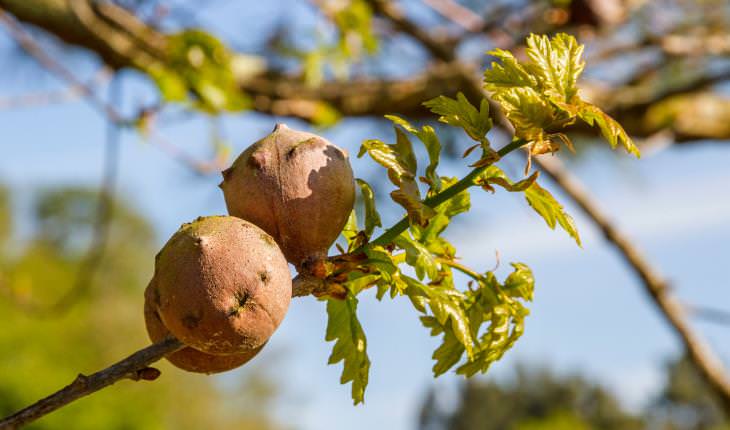
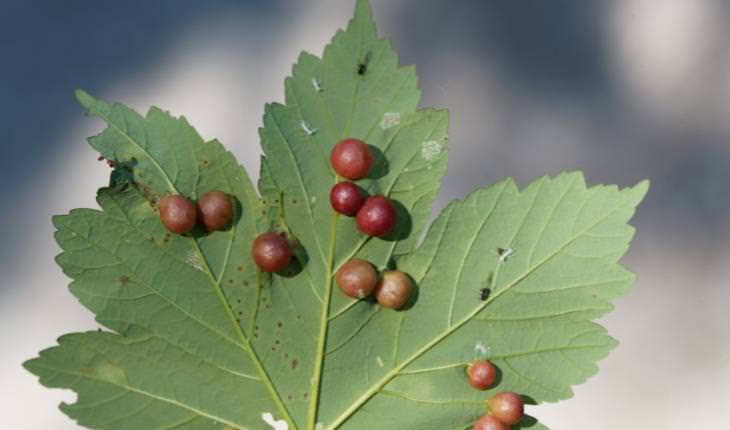
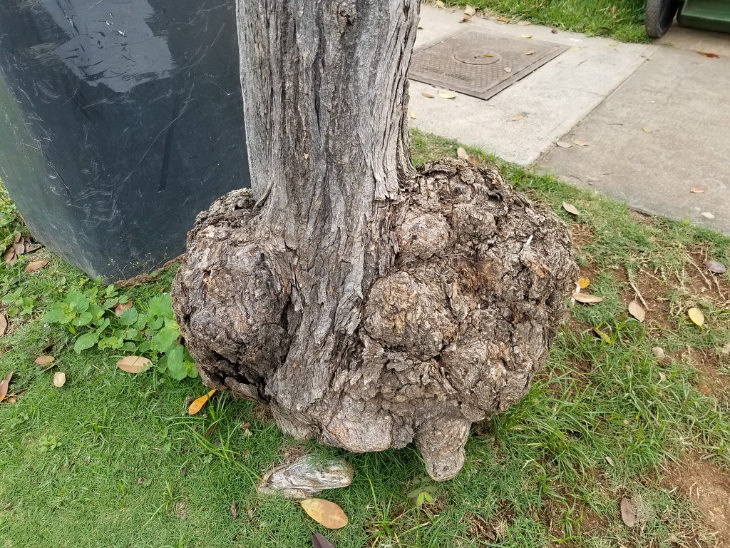 Crown galls/Source
Crown galls/SourceThe vast majority of documented cases of plant cancer have been caused by external pathogens, such as bacteria, viruses, or pests. They can't get cancer from carcinogens like the sun's radiation or air pollution.
There are two common forms of cancer in trees. One causes crown galls and is triggered by the bacterium Agrobacterium tumefaciens. You've probably seen this at least once in your life, it looks somewhat like this:
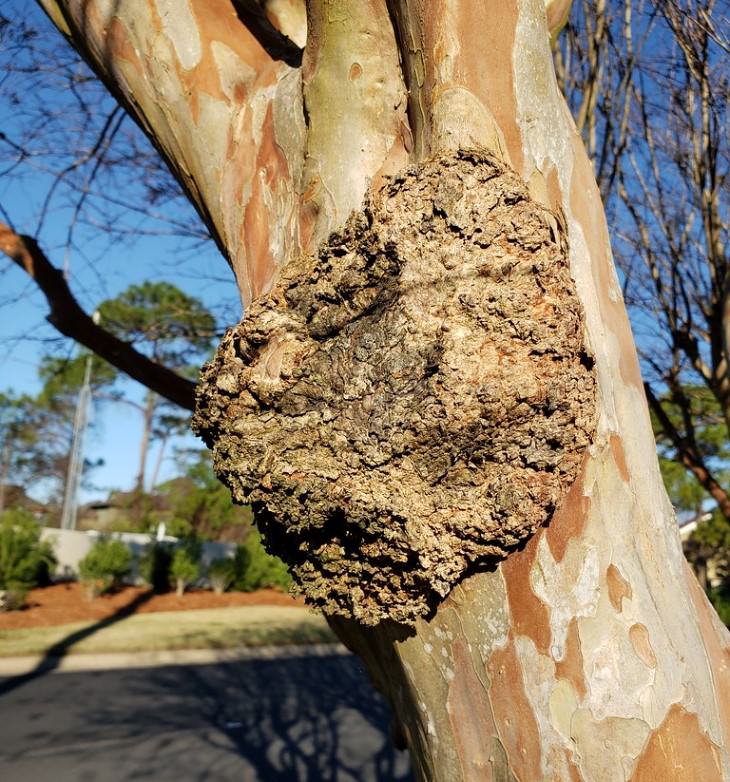 Crown gall on a eucalyptus/Source
Crown gall on a eucalyptus/Source
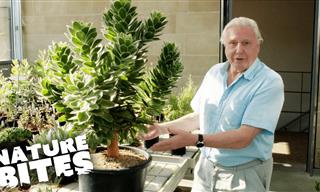 7:45
7:45
Welcome to the Seed Bank in Kew Gardens, London
Welcome to the bank in Kew Gardens. It won't ever hold money, but it is bomb-proof. What is guarded there?

Beautiful Flowers in All Shapes and Sizes - Incredible!
Let’s take a moment to contemplate and celebrate the beauty of nature by turning our attention to 15 outstanding flowers and plants across the globe.

A Rainbow Made Only From Mushrooms If You Look Right
Mushrooms and other fungi aren't usually the most interesting, but if you find the right ones, they can fill your day with color!
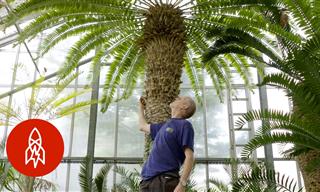 2:53
2:53
This Is the Loneliest Tree in the World
This is a sad story of the world's loneliest tree, the Encephalartos woodii that resides in London's Royal Botanic Gardens

How Do Wild Animals Survive Winter Without Shelter?
Learn all the genius biological mechanisms animals use to survive winter in the wild - without central heating or warm socks.
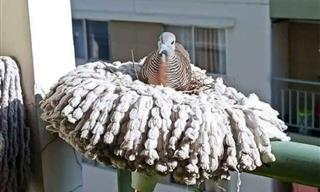
15 Times Birds Built Nests in the Most UNUSUAL Places
Some birds build their nests in the most unusual places, such as a mop, a helmet, and even a bag.

Breathtaking! Nature Has Never Looked This Beautiful!
Check out some of the finest photos from National Geographic's 2017 'Nature Photographer of the Year' awards.
 10:04
10:04
5 HUGE Waves You Wouldn't Believe if it Wasn't On Video
These huge waves are probably not the biggest to ever happen, but they're definitely the 5 biggest waves ever caught on video.

In Pictures: Northern Lights Photographer of the Year 2022
Behold the best images from the Northern lights photographer of the year 2022.

16 Photos That Showcase Our Planet’s Breathtaking Beauty
Check out these unbelievably picturesque photos from around the world.

Nature's Brilliant Blues Will Brighten Your Day
We live on the 'blue planet', underneath a blue sky, but instances of blue elsewhere is actually quite rare. Here are some of the most beautiful examples.

WOW! How Can These Places Be Real? (18 Pics)
Enjoy this breathtaking collection of pictures of the most beautiful places on our planet.

The Adorable Babies of 10 of the Most Feared Predators
Although we'd prefer not to come close to predatory beasts, their babies are so cute and hard to resist!

11 Incredible Animals with Even More Incredible Abilities!
Forget imaginary superheros and science fiction! These real animals have their own super powers and abilities such as camouflage, immortality and more!

Hummingbirds Come in the Most Beautiful Rainbow Colors!
There are hundreds of gorgeous species of hummingbirds. Have you spotted any of these near you?

These Photos Prove Mother Nature Can Be So Creative!
These photos prove that Mother Nature has a creative side.

The Colorful and Beautiful Birds of Paradise!
This amazing video brings to life the most beautiful and stunning of birds!

These 17 Animals Could Definitely Model Hair Products
These animals have prettier hair than most people you know, and it's all natural!

These Cute Animal Encounters Took People by Surprise
Enjoy these touching images of harmony between animals and humans.
 3:25
3:25
Answered in Less Than 5 Minutes - How Sinkholes Form
Many sinkholes appear due to construction and mining works. So how do they form? Should you be concerned?

These Are the Best Nature Walks in the Entire World
There's no doubt that walking in nature is good for the soul, so imagine what it would do for you along the very best routes in the world. Here are 10 of them.

Jaw-Dropping Photos: The Wonderful Lives of Ladybugs
Here are some wonderful photos of ladybugs in their natural habitats. I always feel a childish wonder and thrill when can coax one onto my hand.
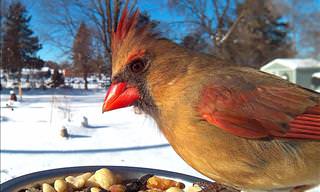
Woman Captures Stunning Photos of Birds in Her Back Yard!
Although the weather and seasons in Germany and Michigan are quite similar, one woman realized that the birds are different. She took some great photos to prove this.

There are So Many Reasons for Us to Love Penguins
Penguins are as beautiful as they are fascinating. Here is all you need to know about these wonderful birds...
 4:02
4:02
True Friendship Survives Beyond Time - Beautiful!
Gorilla Reunites With Carer 5 Years Later...

National Geographic's Photography Never Ceases to Amaze
National Geographic never ceases to amaze us with the photos it shows us, and the 20 images you're about to see here are no exception.
 2:50
2:50
Wild Nature: Young Elephant Fends Off 14 Lions Unharmed
How an elephant convinces a group of lions that this is not an animal worth tangling with...
 23:49
23:49
Sloths: Masters of Slow-Motion Evolution
The sloth is much more interesting than you ever realized.
 4:50
4:50
The Crystal Waters of Fiji Are Pure Underwater Heaven
There are few waters more beautiful than the crystal clear waters of Fiji.

I Bet You've Never Seen Animals Like These Before!
From a pink dolphin to a brown panda, you have probably never seen these weird and rare variations of animals.

11 Adorable Polar Animals that Will Warm Your Heart
Adorable animals of the north and south poles
 4:28
4:28
Meet the Giant Cassowary – The Modern-Day Dinosaur
Meet the most dangerous bird on Earth, the giant cassowary, that is also regarded as a modern-day dinosaur.
 4:06
4:06
This Video Proves That Pigs Are Both Cute and Hilarious!
These pigs have the ability to melt your heart, but they often end up making you scream with laughter in the process!
 2:58
2:58
The Pronking Dance of the Antelopes - Lovely!
The sprinbok like to find a place of rain, and after it passes, they celebrate the fresh grass with... pronking, a very beautiful, very strange dance!
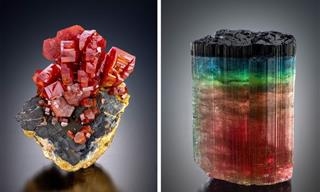
This Photographer Captures Crystals with Indelible Beauty!
Behold 17 gorgeous crystals by the talented photographer László Kupi.

How Do Animals Communicate with Each Other? Fascinating!
Discover how some animals communicate with one another... fascinating!
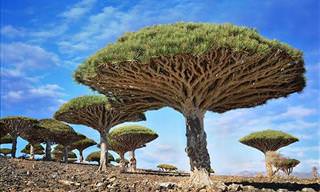
These Photos Appear To Have Been Taken In Another World...
Planet Earth is an incredible place - so incredible that we sometimes don't even recognise it. These locations could easily double up as alien planets.

Do Animals Talk? You’d be Shocked at What They Have to Say
Videos about animals learning to communicate with people
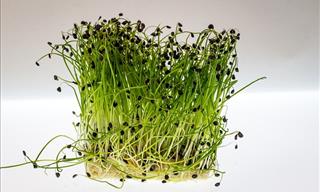
10 Perennials That Will Serve Your Garden for Years
Here, we look at some amazingly useful perennial vegetables that will serve as a long-term investment for every gardener.

Find Out More About North American Butterflies Here
Mankind has always been fascinated by butterflies and that fascination hasn't died down today. Take a look at these informative images.
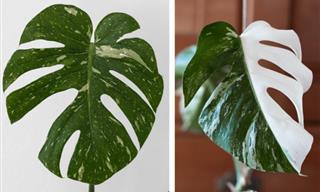
You’ll Never Guess the Price Tags on These Luxury Plants!
Believe it or not, each of these houseplants costs thousands of dollars. Find out why.
 3:28
3:28
Wildlife Is Even More Beautiful In 4K Definition!
The wildlife in Myanmar is beautiful, and we're lucky enough to witness it being captured in 4K definition. Enjoy!

You Won't Find More Beautiful Parrots in the World...
There are around 350 different species of parrots in the world. Here you will find 10 of the most beautiful!

30 Animals With More Hair Than They Know What to Do With
It's hard to imagine how any of these animals can see clearly with all that hair. Enjoy these 30 cute and furry animals in desperate need of a haircut.
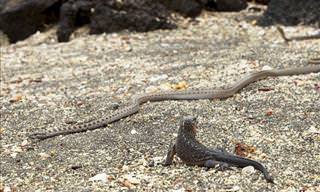 2:17
2:17
This Incredible Animal Video Had Millions Talking About It!
From the moment these baby iguanas hatch, they are faced with a life or death situation. Can they survive the snake gauntlet?
 11:54
11:54
Admire the Never Ending Beauty of the Rocky Mountains
Rocky Mountain National Park is one of the most beautiful and awe-striking natural wonders of the USA - take a tour through this must-see location in this video.


